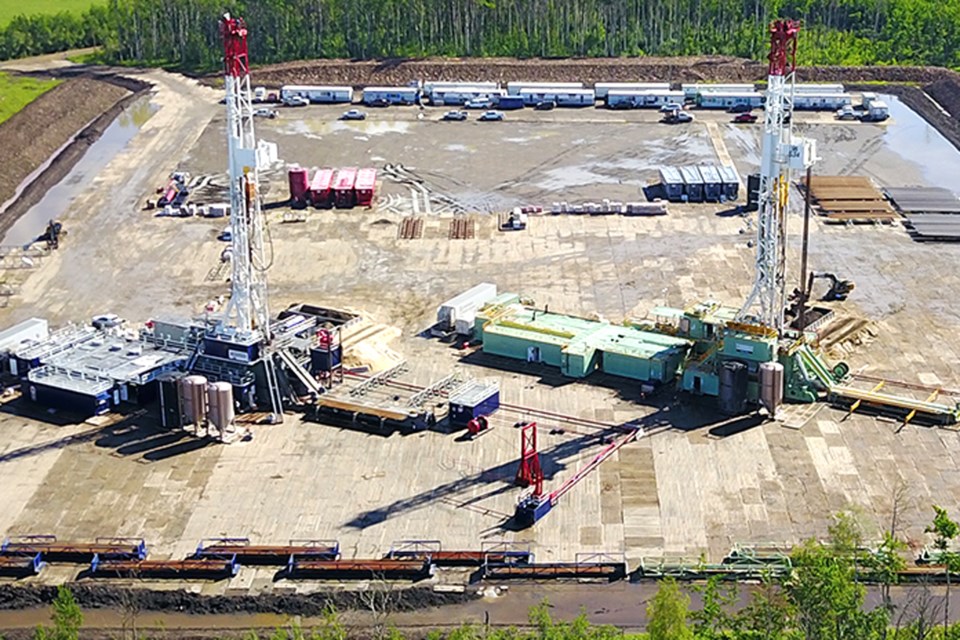Canadian energy politics and the pipeline impasse are not the primary or even the secondary reason that Encana Corporation is moving its headquarters to Denver and changing its name to Ovintiv Inc.
Encana – a name that is an abbreviation of Energy Canada – has been talking internally about moving south for a decade and its ownership and debt have been passing into American hands.
In 2009, to release hidden value to its shareholders, Encana split its assets to create oil and oilsands producer Cenovus Energy Inc.
After the split, Encana was a Canadian gas producer and grew in the United States by buying assets and companies.
In February this year Encana made the US$5.5-billion acquisition of Newfield Exploration in a share-swap deal. The deal made it one of North America’s premier oil and gas producers and put it in the gravitational pull of the United States.
The choice it faced after the Newfield deal was Denver or Houston, not Denver or Calgary.
Encana’s decision is a blow to Calgary’s self-image as Canada’s premier oil city. To be sure, the Western Canadian Basin is a technically-sophisticated, productive conventional oil and gas region but its halcyon years are over.
Certainly politicians are making a difficult situation worse but giving oil and gas producers a better tax regime or more pipeline access doesn’t fix it.
The reality is that the 30-year era in Canadian oil and gas following the end of the National Energy Program is over.
In the era between 1984 and 2018, oilsands development attracted hundreds of billions of investment dollars and Canadian-based independent oil and gas producers were created or grew. Companies such as Canadian Natural Resources, Paramount Resources, ARC Resources, Tourmaline Oil and Encana became household names.
Alberta’s next oil and gas era is unconventional – coalbed methane and oilsands.
The province has vast reserves of conventional natural gas.
Its holdings of 33 trillion cubic feet grows each year with new discoveries that exceed annual production of 10 billion cubic feet.
In simple terms Alberta has 30 years of supply in hand and will replenish it for many years it at a faster rate than it is used.
That is the starting point.
Oilsands deposits are large enough to support the present rate of production – three million barrels a day – for two or more centuries.
It has methane-bearing coal reserves at least three times as large in energy content (BTUs) as the oilsands.
The public policies that will support energy development in Alberta will enable the expansion of unconventional oil and gas production, encourage the orderly wind-up of exhausted conventional wells and infrastructure, and enable profitable renewable energy development.
The next Encana has already been born even though it has not yet emerged from the pack.
Frank Dabbs is a veteran business and political journalist and author.
